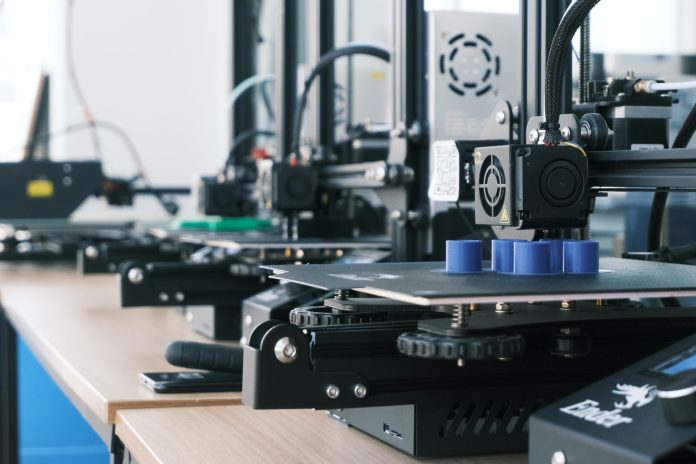There are many different manufacturing processes. One of the most popular is plastic injection molding. Companies around the world spent over $265 billion on injection molding in 2020. The market is likely to grow a lot faster in the future.
Plastic injection molding is a tried and tested manufacturing process. It can be traced back to 1868 when John Wesley Hyatt, an employee at Phelen and Collander developed a new approach to making billiard balls with celluloid injected into a mold. Over the past two centuries, the process has been refined and used to make many other products.
Plastic Injection Molding Offers Many Benefits
Table of Contents
There are many reasons companies around the world use plastic injection molding. Here are some of the most significant benefits. Keep in mind that you need the right machines. Fortunately, there are some great used injection molding machines that don’t cost a ton of money.
You can rapidly produce large amounts of products.
Arguably, the most important benefit of plastic injection molding is efficiency. Other processes that require lathe or milling machines are much more intensive. They have to spend a long time trimming existing materials because actively cutting through materials is an arduous process. They also tend to require a skilled machinist to oversee the project, because they have to monitor the dimensions of the cuts and make sure too much of the material isn’t cut away. This can be very involved, especially for complex designs.
This is not the case with plastic injection molding. The most laborious process is creating the mold itself. After that, it is easy to generate new outputs by injecting plastic into the molds.
There is a very short wait time between cycles. The time that the manufacturer has to wait will depend on the complexity of the design and the mold that is used. However, they rarely need to wait more than 150 seconds between cycles. They can often transition between cycles in as little as 20 seconds.
The efficiency of plastic injection molding makes it an excellent option for highly scalable projects. Manufacturers who need to produce tens or hundreds of thousands of units will usually prefer other options.
This process offers optimal flexibility.
Flexibility is another important consideration in many manufacturing projects. It is important to find materials that can be easily deflected if that is one of the core requirements of the final design.
This is another significant benefit of plastic injection molding. You can easily create products that have the desired flexibility. For example, there are so many different types of resins that you can select, which all have their own stiffness properties. You can easily combine various resins to find the composition with the proper flexibility and other material properties. Since plastic injection molding has been around for decades, most people already understand the types of resins that they can use.
Plastic injection molding is compatible with sustainability objectives.
Sustainability is becoming a much more significant concern to people all over the world. As a result, more companies are responding to pressure from consumers, environmental advocacy groups, and regulators demanding more emphasis on sustainability.
Plastic injection molding is an excellent option for manufacturers to prioritize sustainability. One of the biggest reasons is that there is less material waste. When manufacturers need to use milling or lathe machines, they cut off a lot of material that can’t easily be reused. The cut material might not be recyclable at all, depending on how it has been treated. If it is recyclable, it involves using a lot of heat and possibly chemical processes to remove impurities. It is a lot better to avoid material waste altogether, which is much easier with plastic injection molding. There’s far less wasted material, except for a little bit of plastic that might have spilled during the injection process.
This process can significantly lower labor costs.
Plastic injection molding is also very cost-effective. One of the biggest reasons is that it entails lower labor costs.
Employees that perform plastic injection molding do not need to be as highly trained as those that handle other manufacturing processes. They also don’t have to spend nearly as much time on the project since it is quicker. A lot of the process can also be automated, further reducing labor costs.
Plastic Injection Molding is a Great Option for Many Projects
There are clearly a number of huge benefits of plastic injection molding. Manufacturers should be aware of them and decide whether it is the right option for their projects.







